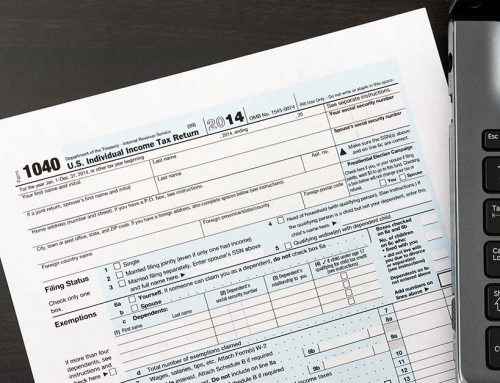n 2013, there were multiple changes in certain tax rates. Make sure to be aware of these changes before filing your 2013 tax return so that there are no surprises on your return.
Increase in Top Tax Rate
Beginning in 2013, a new top tax rate of 39.6 percent took effect. This rate applies to taxable income in excess of $450,000 (joint returns and surviving spouses), $425,000 (heads of household), $400,000 (unmarried other than head of household and surviving spouse), and $225,000 (married filing separately).
New Taxes Take Effect in 2013
There are two new high-profile taxes that took effect in 2013: the 3.8 percent tax on net investment income above a threshold amount and the .9 percent additional Medicare tax on wages and self-employment income above a threshold amount. The threshold amount is $200,000 ($250,000 if married filing jointly or $125,000 for married filing separately). Income taken into consideration in calculating net investment income includes most rental income and net gain attributable to the disposition of property other than property held in a trade or business. Thus, this generally covers sales of interests in a partnership or S corporation.
Increased Tax Rate on Certain Capital Gains and Dividends
While the favorable tax rates in effect before 2013 for capital gains and dividend income were generally made permanent by the American Taxpayer Relief Act of 2012, a new 20-percent rate applies to amounts which would otherwise be taxed at the 39.6-percent rate. Thus, tax rates of 0, 15, and 20 percent apply to capital gain and dividend income, depending on the taxpayer’s tax bracket. These rates apply for alternative minimum tax purposes also.





